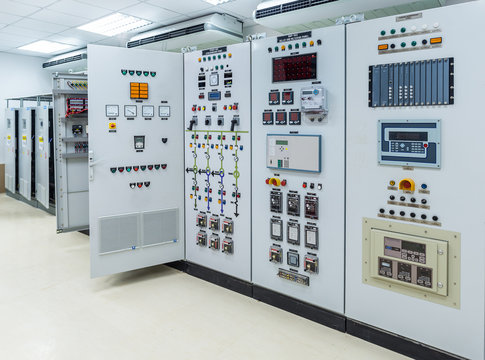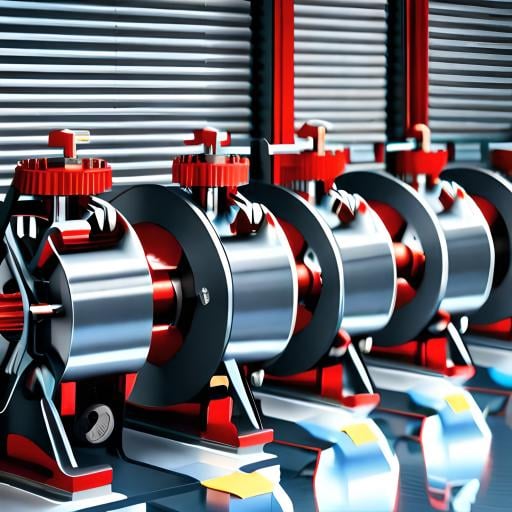Since it has an impact on power quality and equipment performance, harmonics are a crucial component of a power system. High harmonic levels might shorten the life of the gadget by overheating its components. A perfect power source produces a clean sinusoidal wave, but harmonics taint it. Harmonic distortion hinders a business’s operations and output. Here are a few harmonic distortion’s negative economic repercussions.
- Harmonic losses result in more component losses (joule effect).
- When harmonics are present, subscription power increases, which drives up the cost of customer support.
- Equipment scaling because of a weak power supply
- When distortion approaches 10%, the lifespan of various parts is decreased, which causes a decrease in productivity.
- Peak currents produced by harmonics can cause outdated equipment to trip inconveniently, resulting in lost production time and a significant cost to repair the system.
Sources of Harmonics:
Nonlinear loads that absorb current in jarring, brief bursts create harmonics. Due to the distortion of the current waves created by these pulses, harmonic currents enter other components of the power system. Industries experience worse power quality and efficiency when harmonics are present. Most commercial buildings have electrical systems that can safely handle non-linear loads of up to 15%.
Non-linear loads may result in harmonic distortions with detrimental effects if they surpass 15%. As a result, it is essential to keep an eye on harmonic levels to make sure they stay within acceptable bounds. To minimize harmonic-related issues at the design stage and lessen the likelihood of undesired consequences arising, harmonic research and analysis helps to retain insight into prospective dangers and causes.
Method for Harmonic Analysis:
Even though there is a low probability of harmonic issues, it is still necessary to undertake a timely harmonic analysis to guarantee proper harmonic levels. These are the harmonic level progressions:
- Getting an electrical one-line diagram and figuring out what nonlinear loads are accessible are the first two steps.
- The picture highlights the location of the shared connection (PCC).
- Identification of plants susceptible to system bus distortion.
- All information about harmonics has been gathered.
- Obtain the established PCC values from the utility companies, including the highest and lowest short circuit fault levels as well as the permitted current and voltage harmonics.
- The open-source program is used to examine simulated harmonics.
- Examine the harmonics of the electrical system.
- Determine the discrete and global voltage and current aberrations at the buses and PCC.
- Sketch the harmonic frequency range.
- Pick the right harmonic control techniques. Harmonic smearing reaches acceptable levels.
- Repeat the harmonic analysis once mitigating variables are considered.
CareLabs is a recognized supplier of harmonic investigation and evaluation. Experts can help maintain optimum harmonic levels without generating further issues by conducting precise, risk-free assessments to identify potential harmonic levels.
Benefits of Using CareLabs' Services:
- Power systems that are more secure and adhere to regulatory norms and regulations
- Electrical systems that are fully integrated save money and time.
- Establish a more secure work environment.
- Offer timely solutions in case of an emergency.
- Boost safety margins
- Arc flash labels and work permits may be produced automatically to save time.
- Steers clear of any fines and legal costs.
To guarantee that our professionals are easily reachable in case of a regular or urgent situation, CareLabs has staff members stationed in numerous places. CareLabs has gained a clientele with a powerful reputation and favorable reviews and has swiftly established itself as an ISO 9001:2008-accredited organization. CareLabs offers research and analysis services for harmonics in several important cities, including Berlin, Hamburg, Munich, Cologne, Frankfurt, and Stuttgart.




